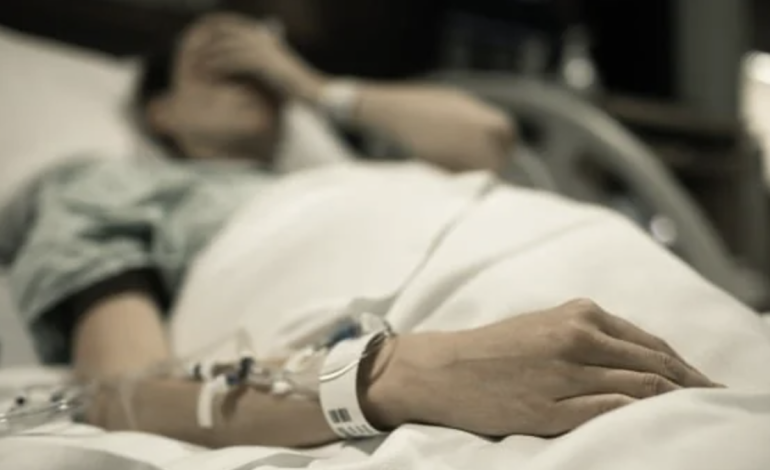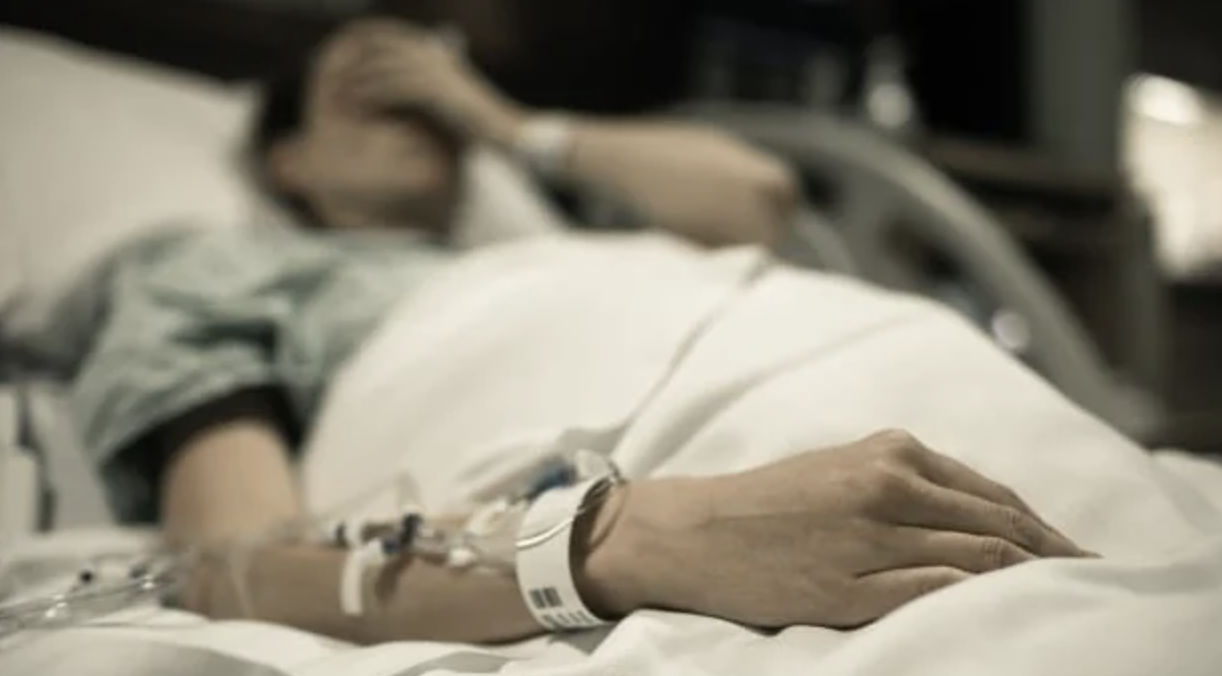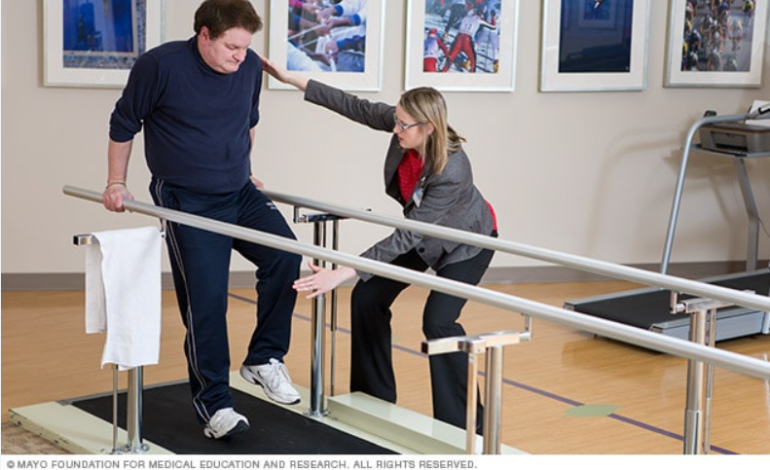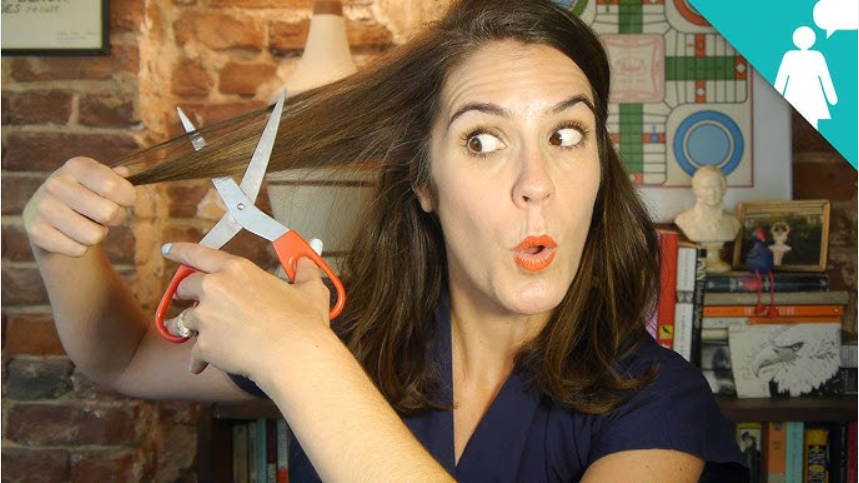
Why Women in Pain Continue to Struggle to Be Heard by Doctors

Abigail Libers, 39, began suffering from daily headaches when she was just 12. As the pain worsened, her mom took her to various doctors, a chiropractor, and an acupuncturist. “We saw so many people trying to figure out what was wrong,” Libers recalls, “but none of them mentioned the word migraine.”
Libers, now a freelance journalist, remembers one of her first appointments with an older male doctor. “I told him I had a headache every day, and he said, ‘Every day? That’s not possible.'” She felt like he didn’t believe her. Frustrated by the lack of answers, she started pretending the headaches weren’t happening, a strategy she used through high school, college, and her early 20s. “I was in denial for a long time,” she admits. “I pushed through so much pain, and no one knew.”
Libers is one of nearly 25 percent of women in the US who live with chronic pain. Today, she no longer hides her migraines, which she describes as feeling like a knife being twisted into her head. After years of seeing specialists, she now has a range of treatments for her chronic migraines, a debilitating neurological condition. However, she still experiences pain daily. “It just depends on how bad it is,” she says.
Diagnosing and treating pain is complicated because no two people experience it the same way. “Unlike blood pressure or heart rate, there’s no objective way to measure pain,” says Kimberly Templeton, MD, a professor of orthopedic surgery at the University of Kansas Medical Center.
But women face additional challenges. Women’s pain is often misdiagnosed, dismissed, or ignored by healthcare providers. Studies show that women are more likely to suffer from chronic pain conditions like fibromyalgia and migraines, and they tend to experience pain more intensely than men. Conditions like endometriosis and uterine fibroids, which only affect people assigned female at birth, are often missed or undertreated. Additionally, women are twice as likely as men to be diagnosed with depression and anxiety, which are sometimes dismissed as emotional reactions rather than chronic conditions that increase pain sensitivity.
These issues are just the beginning of the problems women face in the healthcare system. Here’s why the system continues to fail women in pain, how experts are working to address the pain gap, and how to advocate for yourself if you’re not receiving the care you need.
Pain isn’t just a physical sensation—it’s influenced by biological, psychological, and social factors, says Akiko Okifuji, PhD, a pain management specialist at the University of Utah. This complex phenomenon is shaped by genetics, mental health, and social factors, like cultural norms and access to healthcare. “Pain is not just a physical symptom; it’s a combination of many things,” she explains.
The pain gap begins when women feel like they’re bothering doctors or exaggerating their symptoms. Many are taught from an early age that pain is a normal part of being a woman, especially menstrual pain. “We’re expected to take care of everyone else before ourselves,” Dr. Templeton notes. As a result, women often ignore their pain, delaying diagnosis and treatment.
Eva Woolridge, a 31-year-old photographer, recalls rushing to urgent care in 2018 after weeks of severe abdominal pain. She initially tried to downplay her symptoms, but the pain became so intense that she collapsed and began vomiting. Her doctor, a white woman, dismissed it as food poisoning. “I felt so helpless,” says Woolridge, who later learned that a grapefruit-sized cyst was blocking blood flow to her ovary.
Black women face even greater challenges. Woolridge’s experience is all too common for women of color, who often encounter racial bias in healthcare. Studies have shown that many medical students hold false beliefs about Black people’s bodies, such as the idea that Black people have thicker skin and are less sensitive to pain. As a result, Black patients are less likely to receive pain relief in the ER.
In Woolridge’s case, her father took charge, questioning the doctors about the necessity of removing her ovary. Historically, women of color, especially those complaining of reproductive issues, have been subjected to unnecessary procedures. Having an advocate who understood the systemic biases in healthcare made a significant difference for Woolridge.
While race is a significant factor in the pain gap, other social determinants like education, income, healthcare access, and living conditions also play a role.
A major reason women are not getting proper care is the lack of data. Experts agree that the best way to treat pain is through personalized care, which involves a multidisciplinary approach. But a key challenge is that research on pain treatments often doesn’t include enough data about how men and women respond differently to pain. Without this, progress is slow. “We need to better understand how women respond to pain compared to men,” Dr. Templeton says.
A recent study suggests that opioids may be less effective for women because of how their bodies process pain differently from men’s. The researchers found that while men rely on certain neurotransmitters to manage pain, women seem to rely on a different system that hasn’t yet been fully understood. Identifying this system could lead to more effective, tailored pain treatments for women.
Unfortunately, progress is hindered by limited funding for research on women’s health. Between 2013 and 2023, just 9 percent of the National Institutes of Health’s grant spending focused on women’s health. Research into sex-specific pain differences is still in its early stages, and it will take time to develop personalized treatments.
Despite these challenges, experts are working to raise awareness about the importance of including sex and gender differences in medical research. Dr. Templeton points out that medical journals are beginning to recognize the need for sex-specific data, and there’s hope that more researchers will follow suit. Additionally, there’s a push for increased federal funding for women’s health research.
For women in pain, advocacy is key. It’s important to be an active participant in your healthcare. If you’re not getting the answers you need, consider seeking a second or third opinion. Finding a doctor you’re comfortable with can make a world of difference. If you feel overwhelmed by the healthcare system, a social worker can help you navigate insurance, connect you to resources, and advocate for your needs.
Make sure your doctor listens to your concerns. If a treatment isn’t working or you’re experiencing side effects, speak up. And don’t be afraid to ask questions about your treatment plan or the doctor’s experience with your condition.
Finally, consider joining a support group or talking to others who understand your pain. It can be incredibly helpful to connect with people who can offer advice, validation, and support.
Never underestimate the power of your voice in advocating for your own health. You deserve the best care, and don’t be afraid to fight for it.





